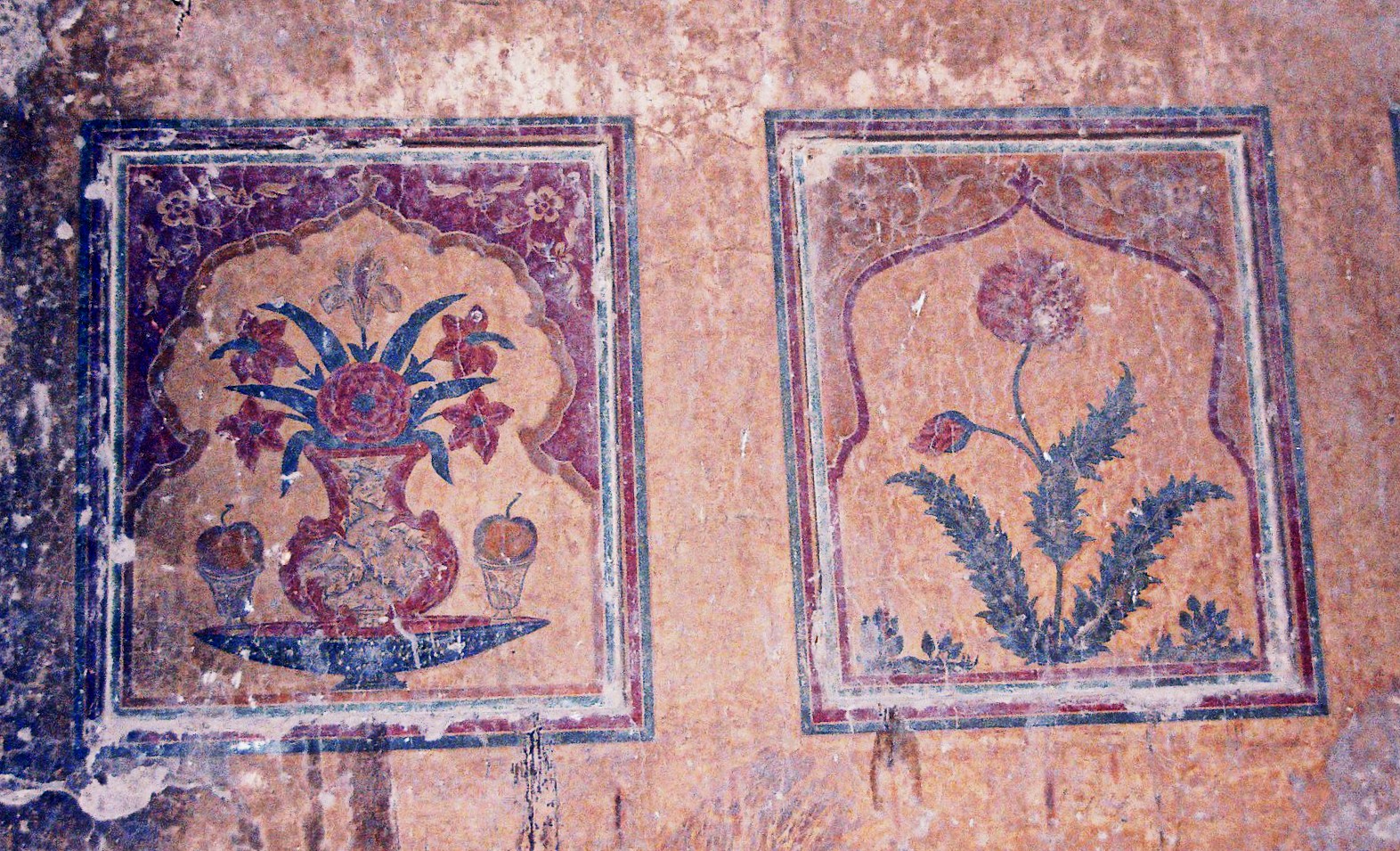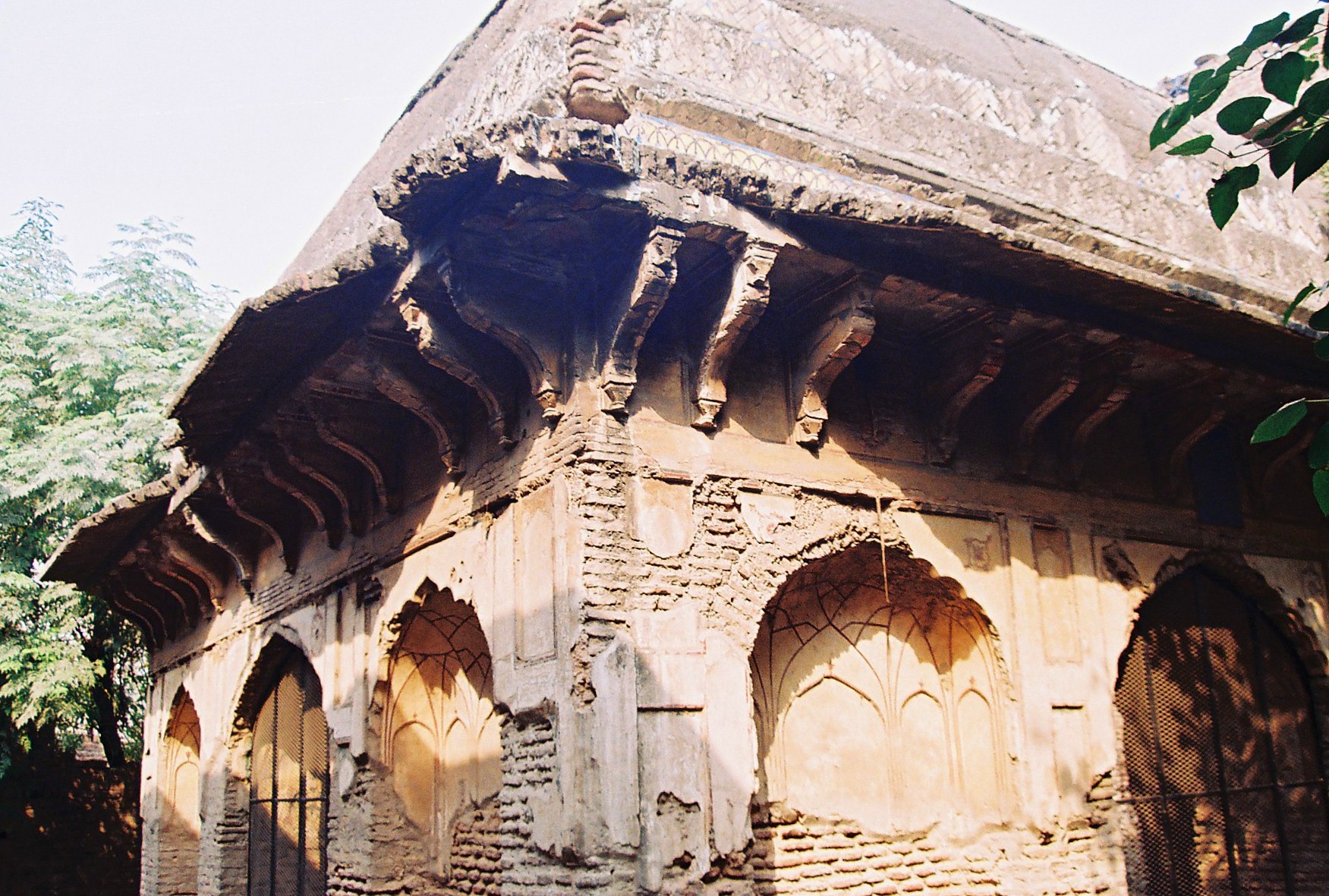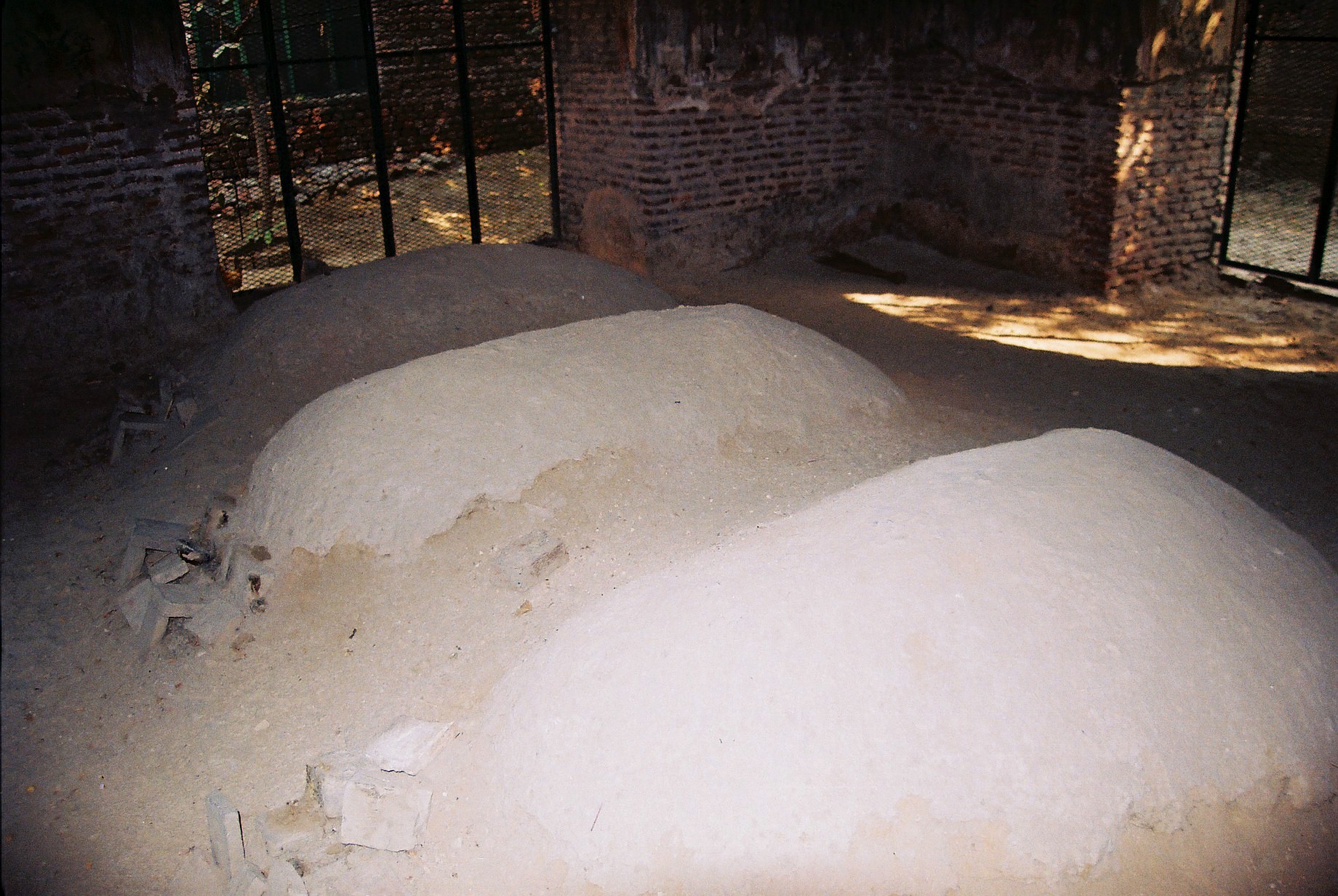 By:Mudassar Bashir
By:Mudassar Bashir
Translated by: Muttahir Ahmed Khan
زندگی دا جد کسے اپمان کیتا ہے کسے موت بن کے موت دی آوندے ریہے نیں لوگ
پاش
When life was snuffed out,
It rose to punish death
Pash
Nawab Jaani Khan was the son of Nawab Qamaruddin, a minister of King Muhammad Shah of the late Mughal era. Nawab Qamaruddin was martyred in Karnal area during a war against Nadir Shah. His elder son was called Mir Moin-ul-Mulk (Aka Mir Mannu) and was famous in the region. Mir remained the Governor of Lahore from 1748 to 1753 CE, and, on account of killing many Sikhs, his name is mentioned in a negative context in the history of Sikhs. Mir Mannu, once, killed many Sikhs at Landa Bazar Lahore and this spot is still called ‘Shaheed Ganj’. When Sikhs came to power they took revenge of Mir’s acts of killings by removing his tomb and grave, situated at Landa Bazar, completely and burning his skeleton. Mir’s younger brother was Jaan Muhammad Khan and he was known as Nawab Jaani Khan in Lahore. As opposed to his elder brother, Nawab was a soft natured and kind person. He had been a general in Mughal Empire’s Punjab Army. Besides, he became a minister also on the basis of his noble and social deeds. Lahorites still relate his stories to their children, but with the passage of time, they are being lost from the folk memory.
On the page number 967 of his book, ‘Tehqiqat-e-Chishti’, Noor Ahmed Chishti has these words to say about the life of Nawab;
‘The story of Nawab Jaani Khan is this that King Muhammad Shah appointed him his Nawab and conferred upon him the title of Intezam-ul-Daula. His father Qamaruddin was a minister in the court of the king and was killed in the war against Nadir Shah. His elder brother Mir Moin-ul-Mulk was known as Mir Mannu.’
The year of Nawab’s death, according to some historians, is 1778 AD while others describe it 1779 AD.

The Premises
This tomb was a marvelous symbol of Mughal architecture in its time. Some historians have opined that this tomb was actually built by Nawab himself for his sister. Later on when he himself passed away, he was buried beside his sister. Kanhayya Laal Hindi writes on the page 275 of his book titled ‘Taareekh-e-Lahore’
‘Amongst the old tombs of Baghbanpura area, this too is a prominent one. In its Northern direction, there still exists its garden’s porch. A person named Shera has bought this garden’s land from the government. The building of the tomb is wide and the inner and the outer walls are plastered. On each side, there are three arched alcoves, but the ceiling is square and straight and the rooftop is domed. The upper side is decorated with bronze-work.’
The city of Lahore witnessed many ups and downs after the Nawab’s death, and up to Sikh rule, there was no custodian of this tomb. The Sikhs did not pay attention to its restoration although they took care of the graves. The British very negligent of this elegant tomb and sold it, along with all the porches, dome and garden, to a person named Shera for only Rs. 100. That man was a peasant and used to do farming near this tomb and he used the tomb’s land for the same purpose. He made the porch a stable and the beautiful domed area, a storage place. After the partition, the entrance was destroyed completely but Nawab was lucky enough to have the dome over him survive, though it has been obscured by the constructed houses around it.
If we travel on GT Road from Shalamar Gardens towards Engineering University, we find Baghbanpura Telephone Exchange on our left side, and, adjacent to it, is sited a patrol pump. Once, there existed a hay market right in front of this patrol pump, but that is now gone. A narrow street, beside that pump, leads to the tomb, but this street is barricaded by a locked iron-gate which is covered by layers and layers of dust and it indicates that the gate has not been opened for many many years. The southern locality of the tomb is called Crown Park and the street is known as Seher Road. Ironically, nobody in this street knows about the existence of the tomb. At a spot, in the street, there is a 7-8 feet high pile of tyres and behind this pile, one can find the wall of the tomb. Three sides of that wall are occupied by the houses and the tomb’s total area, which sprawled on Kanals at the time of its original construction, is now, not more than 3 Marlas. And, to add to the misfortunes of this umlucky site, the occupants of the surrounding houses dump their garbage into this three-marla space.
To enter into the tomb, I had to climb up the piles of tyres and jump down. I saw the once grand tomb. It still possesses three or four old trees in its courtyard. Under the dome, there are beautiful arched doors in all the four directions and the walls still have some fading traces of splendid carvings and decoration. The doors on three sides are sealed with iron grills. The upper side of the tomb is straight and wide and, right under the dome, there are three mud graves. There is no plate or tablet from the archaeological department carrying any guidance or information for the visitors. Recently, the department has shown some kindness and has ordered the adjacent house owners to vacate a space of 200-feet each. God knows whether people obey this order or not or whether this decision of the archaeology department proves to be good one. Only the time will tell if the tomb is really preserved and restored or not.
